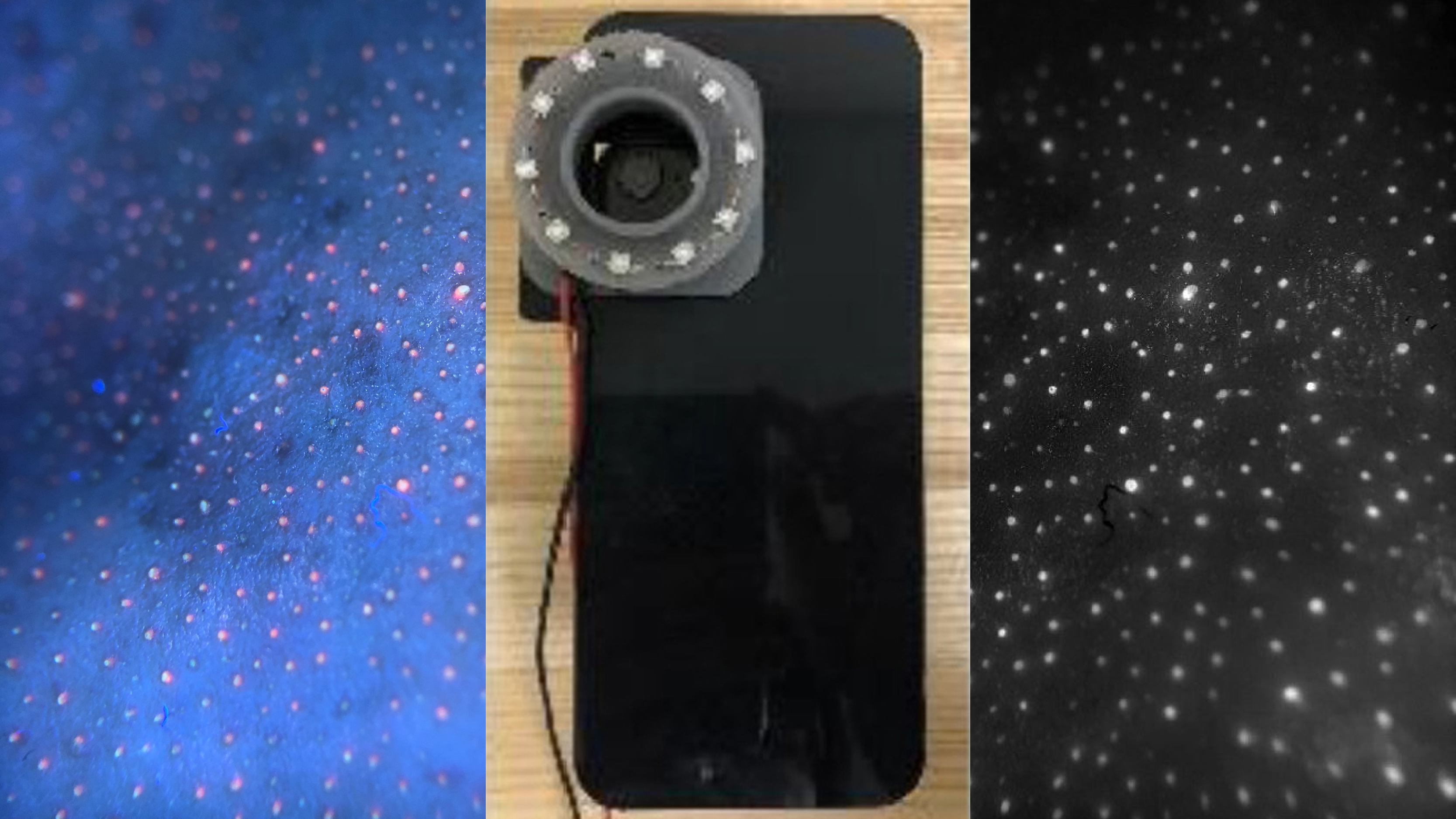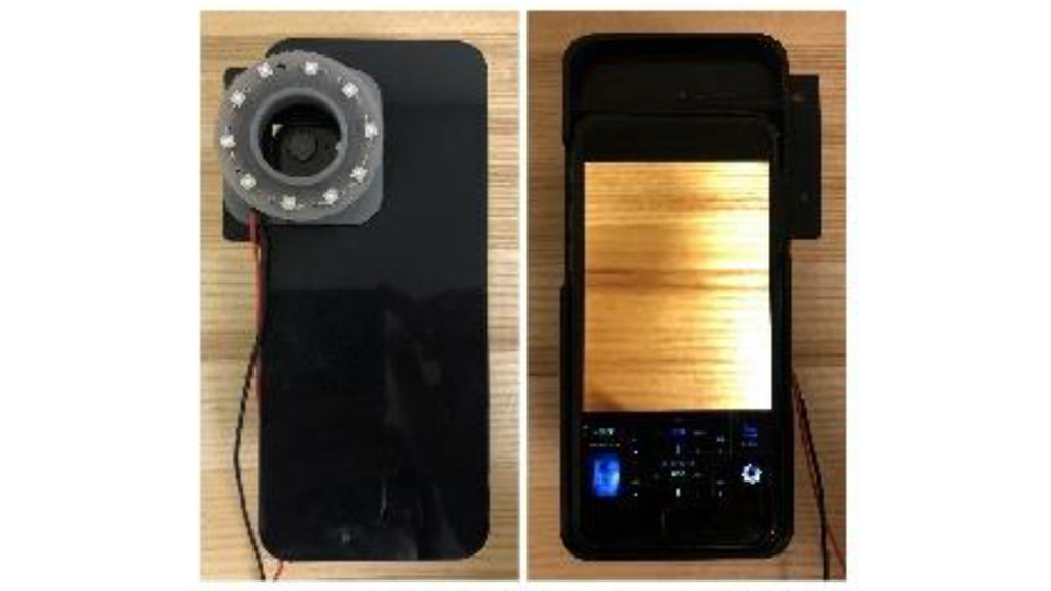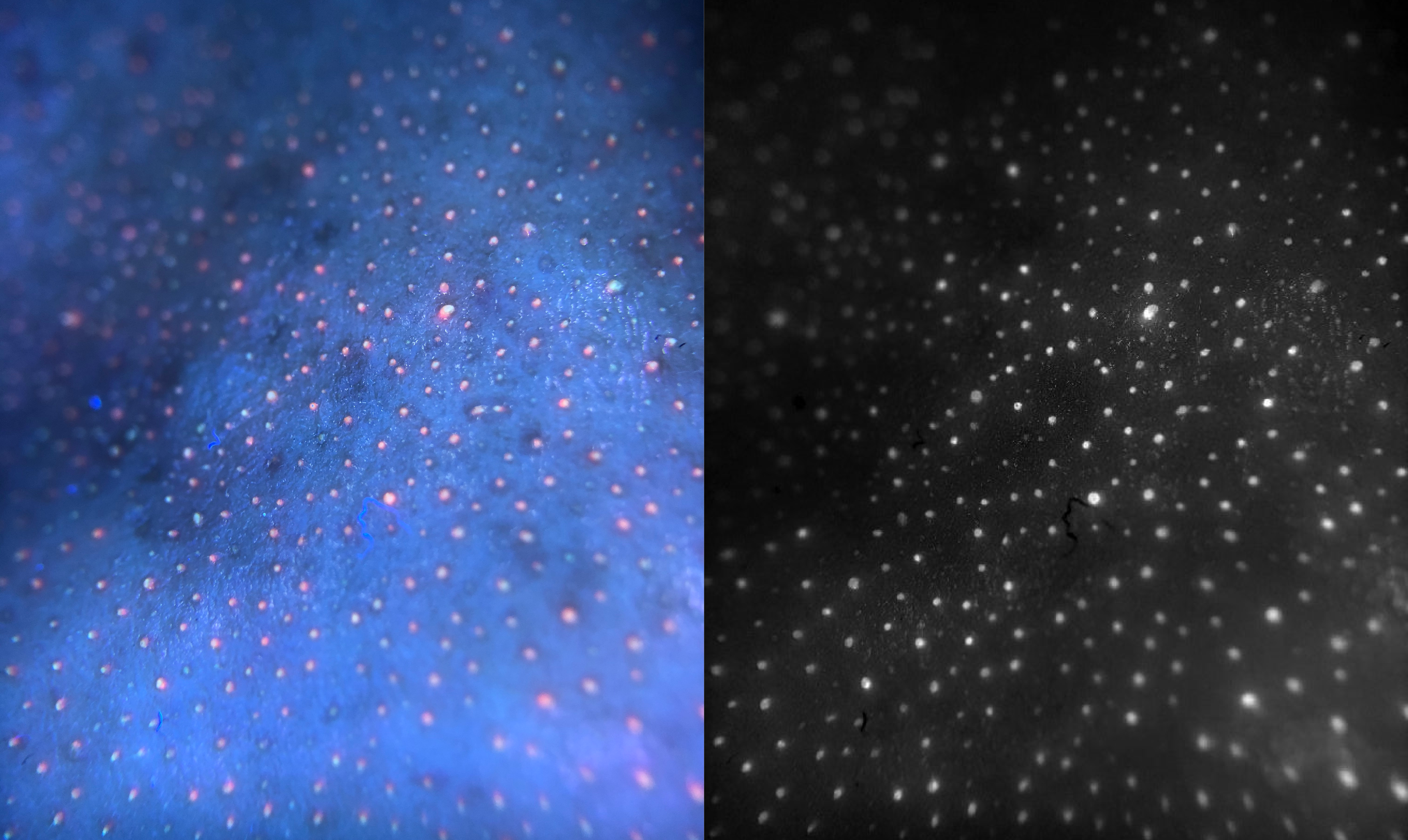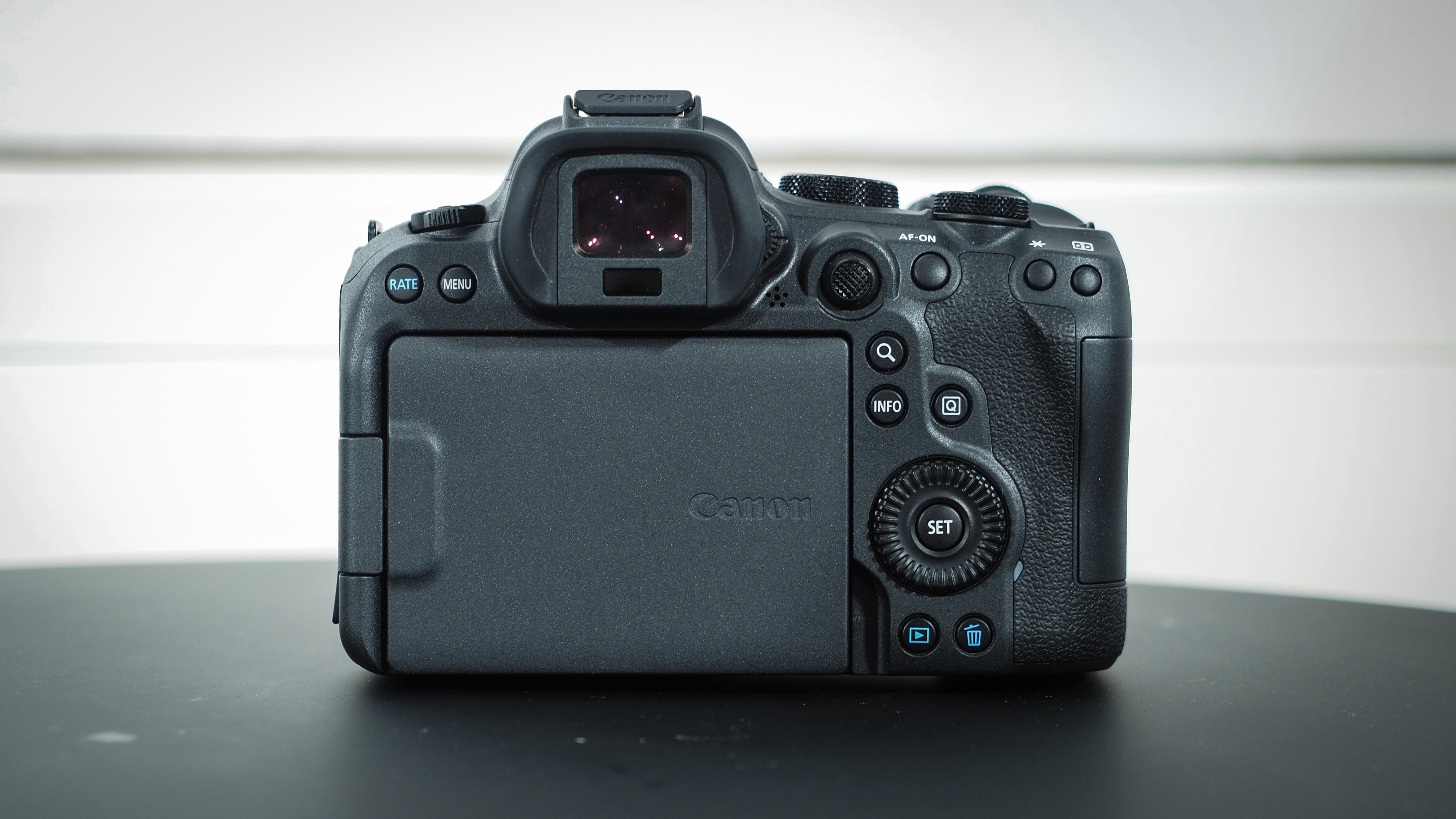Spot metering! Researchers use phone camera to photograph acne bacteria
University boffins modify a regular phone camera to capture images of bacteria to predict growth of acne and gingivitis

It seems like there is almost no limit to what the best camera phones can do, and now researchers at the University of Washington have managed to adapt a phone camera to capture images of bacteria. The aim is to photography potentially harmful microbes on the skin and in the mouth which could potentially cause acne, gingivitis and dental plaques.
Ruikang Wang, professor of bioengineering and ophthalmology at the University of Washington, and his team fitted a standard smartphone camera with a 3D printed plastic ring with 10 LED black lights arranged around it to emit UV light. This was a necessary modification as many bacteria emit colors beyond the RGB visible light spectrum which conventional cameras capture.
“The LED lights ‘excite’ a class of bacteria-derived molecules called porphyrins, causing them to emit a red fluorescent signal that the smartphone camera can then pick up,” - lead author Qinghua He, a University of Washington doctoral student.
With this LED lighting addition, the research team was able to use special computational processing to convert the RGB colors in the camera phone image of the bacteria into other wavelengths in the visible light spectrum to produce a “pseudo-multispectral” image containing 15 sections of the visible light spectrum. This pseudo-multispectral image can then be used to analyse the presence of bacterial porphyrins which would not be visible to the naked eye in the original RGB image from the phone camera.
Porphyrins are a by-product of bacterial growth and metabolism, and can be found on the skin and in the mouth where there is a high concentration of bacteria. According to the University of Washington team, the more porphyrins visible on the skin's surface, the more likely the individual is to develop acne.
These images were only previously possible with the aid of large, expensive specialist lighting. But by converting a phone camera and applying specialist processing to the resulting images, the process is now vastly cheaper and easier to conduct, making it possible for individuals to detect the presence of harmful bacteria in their home. As Ruikang Wang says, “Since smartphones are so widely used, we wanted to develop a cost-effective, easy tool that people could use to learn about bacteria on skin and in the oral cavity.”
It's also possible for this discovery to be extended to photograph other forms of bacteria detectable under LED lighting by modifying the image processing techniques used. What's more, unlike conventional bacteria imaging, the phone image could also be used to detect a different by-product of the bacterial growth being photographed, just by processing it with different parameters.
The best camera deals, reviews, product advice, and unmissable photography news, direct to your inbox!
Read more:
The best camera phones
The best budget camera phone
The best ring lights
The best ringflash
The best macro lenses
The best macro extension tubes
The best night-vision goggles
The best thermal imaging cameras
Ben is the Imaging Labs manager, responsible for all the testing on Digital Camera World and across the entire photography portfolio at Future. Whether he's in the lab testing the sharpness of new lenses, the resolution of the latest image sensors, the zoom range of monster bridge cameras or even the latest camera phones, Ben is our go-to guy for technical insight. He's also the team's man-at-arms when it comes to camera bags, filters, memory cards, and all manner of camera accessories – his lab is a bit like the Batcave of photography! With years of experience trialling and testing kit, he's a human encyclopedia of benchmarks when it comes to recommending the best buys.



